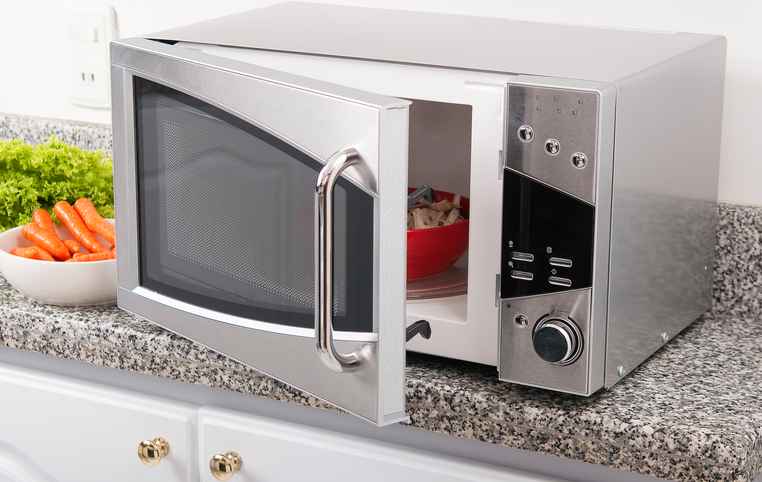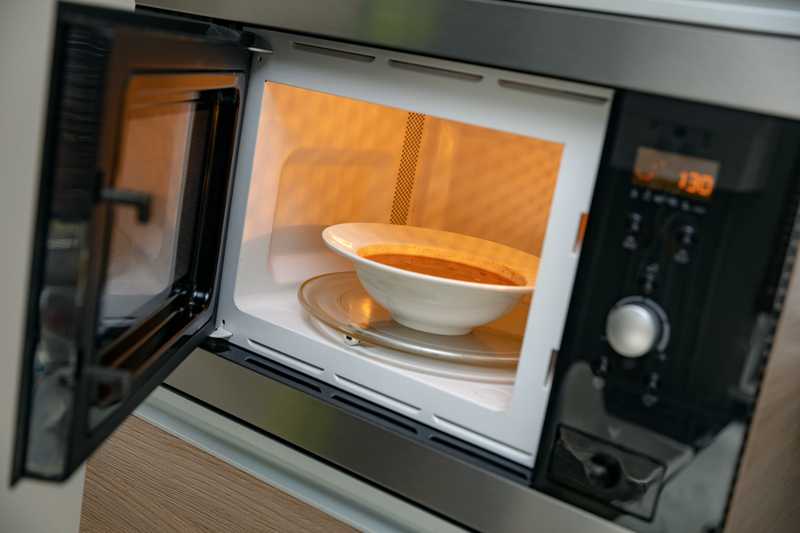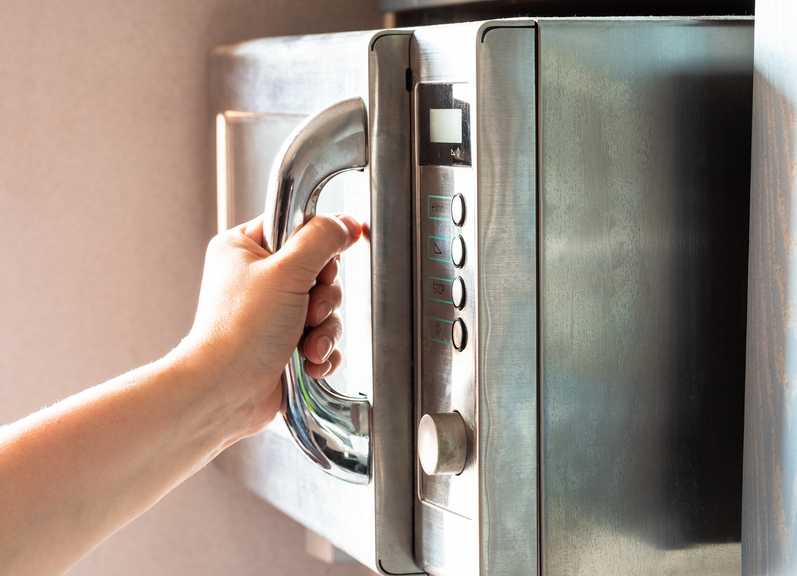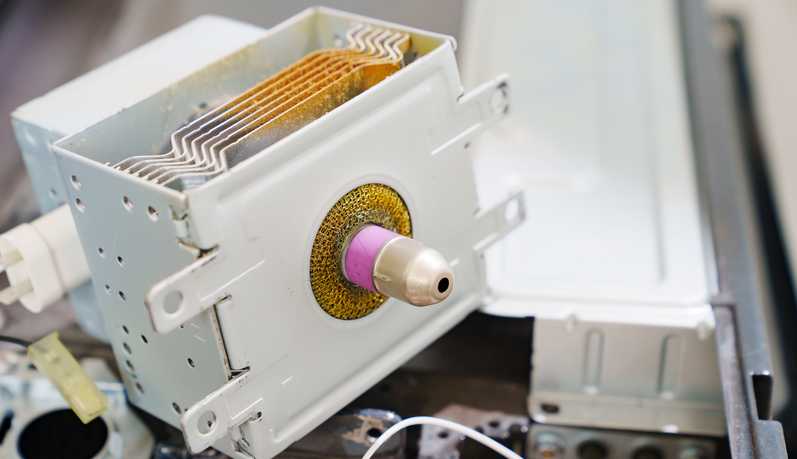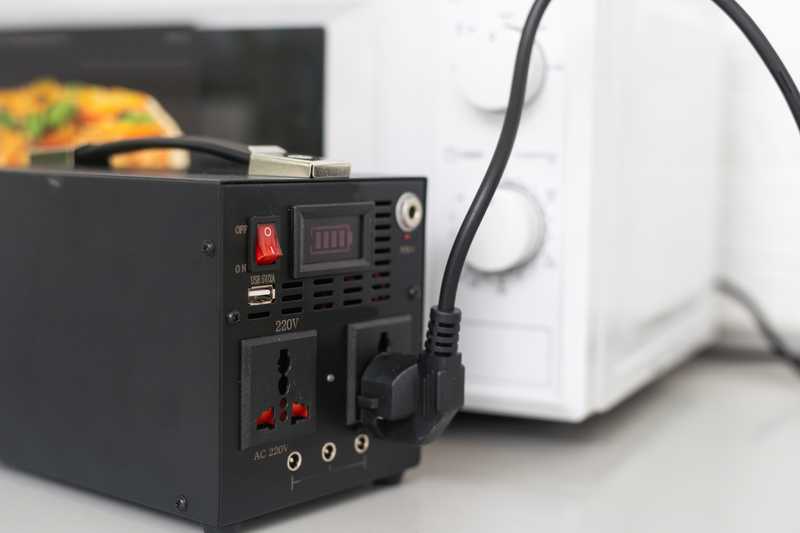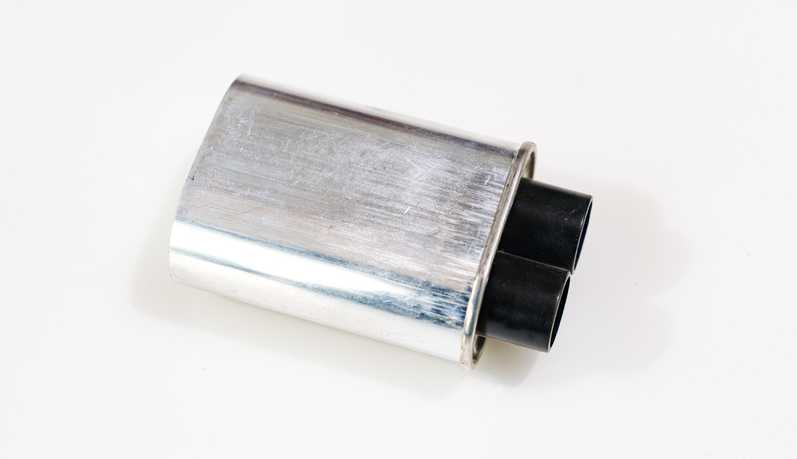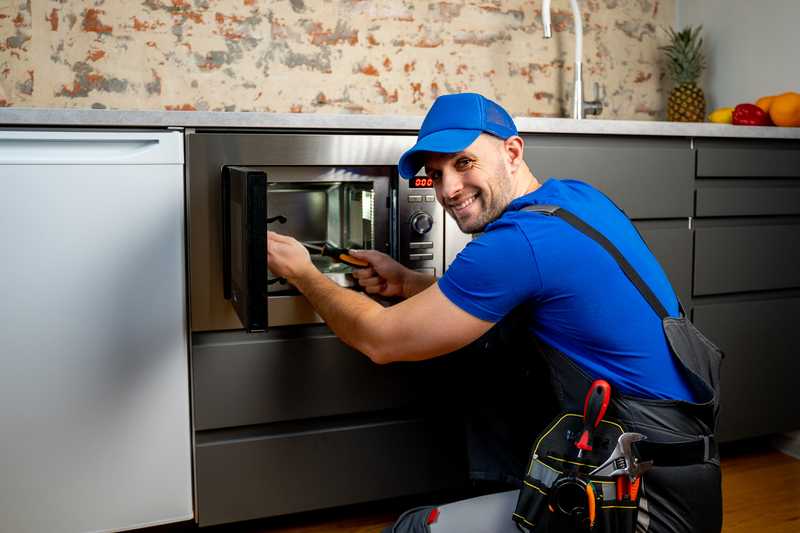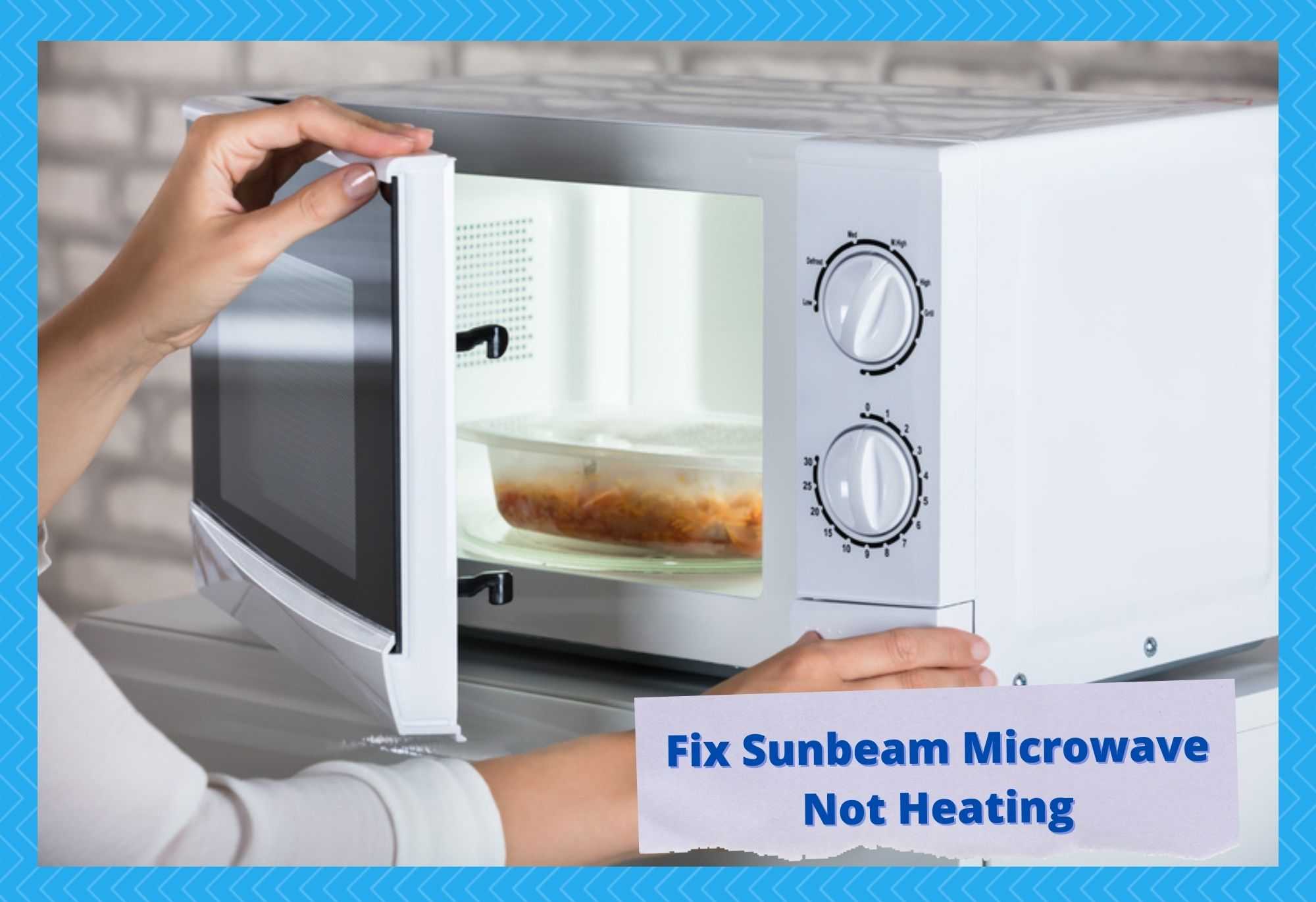
Food is a huge part of travel. Whether you’re a foodie hunting for new delicacies or just a regular traveler who can’t refuse an invitation for a meal, your trip will involve a lot of eating. Of course, you can either eat out if you have enough budget or cook your own food if diners aren’t accessible.
Being able to cook food when you need to is crucial, especially if you are camping in the wilderness. And that means having the necessary cookware in your arsenal.
Have you ever dined out during one of your escapades and ordered too much food? You looked at all the leftovers and wished you had a microwave so you could take them home and devour them later.
Guess what—you can do it if you have a recreational vehicle. Apparently, you can’t travel around in your car with a microwave to warm or thaw leftovers when you want to.
Plus, I doubt you have the correct electrical supply to run such a power-hungry machine. Something as convenient as that is only possible in an RV.
Many travelers invest in an RV for the flexibility and comfort it provides. Being able to take the amenities of a home with you on your journeys may seem silly, but it makes a significant difference in your experience and satisfaction.
Of all the amenities you’d want to have in your RV, the microwave oven occupies a special spot for one apparent reason—it enables you to quickly reheat leftovers or prepare a frozen meal, avoiding the hassle and cost of setting up a stove or oven.
You can cook as much food as you like without worrying about having leftovers to throw away.
Be that as it may, choosing the type and brand of microwave to invest in isn’t easy. Several factors must be considered, including capacity, operation, wattage, dimension, noise, and safety.
Failing to take these into account lands you with a poor-quality unit that brings nothing but frustration and overhead. If you are on a budget, however, your options are limited. Many decent options are still available, although you have to be extra careful when examining them.
Is Sunbeam microwave a good choice?
Sunbeam is one of the most widely held microwave brands you’ll come across during your search. This manufacturer has been providing practical home solutions since 1910.
In short, it doesn’t specialize in microwaves. Instead, microwaves are just among its vast selection of kitchen appliances.
Sunbeam sells just about everything, from mixers and toasters to beddings and coffeemakers, a genuine go-to provider for new homeowners looking for affordable kitchenware and bedding alternatives.
But if there’s one thing we’ve learned from all the years of buying home tools and appliances, it’s that products from an all-around manufacturer are as good as they get.
Even though it’s not always the case, as some established global brands like LG and Samsung also manufacture a plethora of products, niche manufacturers are still better if you need machines like a microwave oven.
Nevertheless, Sunbeam products have their benefits, of course. Otherwise, the brand wouldn’t have lasted for over a century.
With proper use and maintenance, your Sunbeam microwave will serve you for many years. And the issues you may encounter are easy to troubleshoot without the aid of a technician.
How does a microwave work?
One of the age-old misconceptions about microwaves is that it’s as dangerous as the radiation from an atom bomb. In truth, while it is indeed a type of radiation, it is what we call non-ionizing radiation.
Microwaves fall in the same category as radio waves, UV radiation, and visible light. UV radiation is the only non-ionizing radiation harmful to the human body.
But how does the microwave heat food? Microwaves excite water molecules in objects, mainly organic matter. When molecules move, heat is produced.
And since our body is 60 percent water, it is dangerous to be exposed to a microwave in an enclosed space. But the dangers you may encounter are far different from what you can get from a nuclear fallout.
How does a microwave oven produce microwaves?
Now that you know what a microwave is, the next question to ask is how a microwave oven can produce a microwaves.
A microwave oven has a magnetron, a device that can produce a microwave by surrounding a vacuum tube (where high-voltage, low-current electricity passes) with a strong magnetic field.
This tube consists of a central cathode and an anode (a cylindrical metal structure with multiple cavities). The magnetic field surrounding this assembly causes electrons to move in a circular pattern. This movement produces standing waves or static electromagnetic waves.
These standing waves generate microwaves that can be directed out of the anode cavities and into the cooking chamber of a microwave oven.
By adjusting the magnetic field’s strength, the anode’s shape, and the electric current passing through the anode, you can regulate the microwave’s intensity.
Fix Sunbeam Microwave Not Heating
A Sunbeam microwave oven has similar components and structure to what other microwave ovens have, so it works in the same way. It only differs in aesthetics and material quality.
But this miniscule difference significantly impacts its overall performance and longevity. That’s why some products last longer and exhibit signs of wear much later than others.
However, you should note that you will experience malfunctions at some point, regardless of the quality of your microwave oven. For example, the Sunbeam microwave oven is notorious for starting to act up too soon.
Many RV owners with this oven complain that sometimes it’s not heating. You already know how a microwave oven works, so it’s easier to troubleshoot this problem. Below are 3 measures to solve sunbeam microwave not heating issue.
1. Broken magnetron, no standing wave
The magnetron is the heart of your microwave oven. Without it, no microwave will come out into your machine’s chamber.
So it’s reasonable to assume that a broken magnetron is the reason your microwave oven isn’t producing heat. Like any other device, the magnetron also has its limits and may burn out when used incessantly.
However, just because a magnetron isn’t working doesn’t always mean it’s worn down or broken. Remember that it requires a high voltage to create a strong magnetic field, meaning the magnetron relies on several other components, such as the transformer and the diode, to work.
So the issue could be in them. However, it’s also likely that you have a faulty control board that failed to regulate the power going into the magnetron.
Unfortunately, there is no known fix to a broken magnetron. You can get it to work for a little while, but it will eventually go kaput. And since it’s the heart of your microwave, it costs a lot of money to replace. So you might as well buy a new unit if you plan to replace the magnetron.
2. Burnt diode, no DC electricity
Most of the outlets in your RV supply alternating current (AC), which is less potent than direct current (DC). Even the electricity that goes into your microwave oven is AC.
The problem with AC electricity is the electrons it carries meander around, creating resistance to the voltage. But the magnetron needs clean and consistent voltage to generate a standing wave, which only DC can produce.
That’s where the diode comes in. It’s a small device that converts high-voltage AC into low-voltage DC. The consistent voltage flow DC provides enables the magnetron to work efficiently.
Unfortunately, the diode is a delicate component. It breaks easily with a slight power surge. So if the magnetron isn’t working, a broken diode could be the culprit. It’s a good thing a burnt diode can be replaced.
3. Burnt capacitor, no voltage
The diode isn’t the only component responsible for the steady flow of DC into the magnetron. It gets help from its closest neighbor, the high-voltage capacitor.
This device filters out excess voltage, regulating the voltage supplied into the magnetron through the diode. Without it, the excess voltage could go elsewhere and risk the integrity of the microwave oven’s mechanical and electronic structure.
The capacitor isn’t immune to burns, even if its job is to hold high-voltage electricity. Like the diode, it can burn and stop working.
If your microwave oven has a burnt capacitor, your diode won’t have the right amount of AC to convert, preventing the magnetron from producing microwave. Be extra careful when handling a high-voltage capacitor, as it can still hold high voltage even if the microwave is unplugged.
A microwave oven also has several fuses and circuit breakers that prevent power surges from causing direct damage to its main components. For example, the thermoprotector is a circuit breaker that trips off when it senses excessive heat in the system.
When checking your microwave for issues that cause it to stop heating, make sure to include all the fuses and circuit breakers in your list. Replacing burnt fuses or resetting circuit breakers could fix the problem.
Conclusion
An RV owner must be independent. That’s what many experienced RV owners have learned from their many years of living on the road, sometimes the hard way. You cannot rely on dealerships and workshops all the time because you are always on the move.
When you experience a problem like a microwave oven not heating, you must know at least basic troubleshooting. It saves you time and money as well as increases your knowledge. Invest in repair tools and equipment that can help you take good care of your RV because that’s your home.

